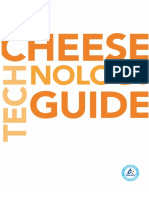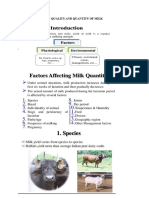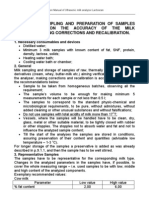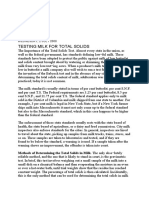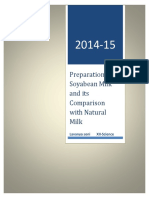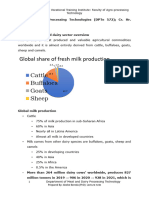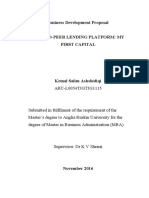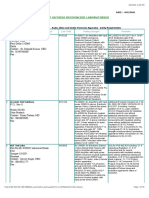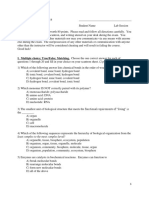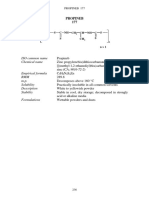
1
CHEESE TECHNOLOGY HANDBOOK
MILK
............................................................3Composition of milk ....................................3Density of milk .............................................5Freezing point .............................................5Fat in milk ....................................................6Proteins in milk ............................................6Acidity of milk ..............................................7Preservatives and antibiotics .....................10 TREATMENT OF MILK FOR CHEESE MAKING .............................10Separation and clarification .......................10Standardization ..........................................11Heat treatment ..........................................13 CHEESE TYPES ..........................................16CHEESE ADDITIVES ..................................20Calcium chloride ........................................20Nitrates ......................................................20Coloring agents .........................................21De-colorants ..............................................21Ripening enzymes .....................................22 CHEESE STARTER CULTURES ...................22Types of starter cultures ............................22Starter systems ..........................................24Selecting starter types ...............................26CHEESE PROCESSING ..............................27General processing steps ..........................27Cheese yield equations .............................29Typical cheese equipment .........................30
2
Processes for cheddar cheese types .........32Process for pizza cheese ............................33Processes for semi-hard cheese ................34Process for cottage cheese .......................37Processes for cast cheese types ................38Brine salting ...............................................38 MEMBRANE FILTRATION IN CHEESE PROCESSES ...........................39Common definitions ..................................40Reverse osmosis (RO) ................................41Nanofiltration (NF) .....................................42Ultrafiltration (UF) ......................................42Microfiltration (MF) ....................................43Applications of membrane filtration ..........44WHEY AND PERMEATE PRODUCTS ........48Sweet whey powder ..................................49Whey protein concentrate (WPC) ..............50Whey protein isolate (WPI) ........................50Permeate powder ......................................50Lactose powder .........................................50 CLEANING AND SANITIZING ...................51Cleaning systems and procedures.............52Sanitizing ...................................................54TECHNICAL INFORMATION .....................56USEFUL WEBSITES ....................................68CHEESE MAKING GLOSSARY ..................70
3
MILK
Composition of milk
The composition of milk varies considerably between different animals. However, only milk from certain animals like a cow, sheep or goat can be used with good results for cheese production.The main part of cheese in the world is made from cow’s milk. The composition of cow’s milk is influenced, among others, by feed, breed and stage of lactation. The two main types of protein in milk are casein and whey proteins. Native cow’s milk also contains bacteria. Most milk in the world is produced by Holstein breeds.
Table 1. Approximate compositions of milk from different cow breeds.
Cow BreedsHolsteinJerseyGuernseyAyrshire
Fat3.35.75.33.8Protein: -Casein -Whey2.8 2.2 0.63.7 3.0 0.73.6 2.9 0.73.1 2.5 0.6Protein/ fat ratio0.850.650.680.82Lactose4.64.84.84.9Ash0.60.80.80.7
The size of the dry matter components of milk vary in size. The salts have the smallest diameter and the fat, present in globules, and the bacteria have the largest diameters.






